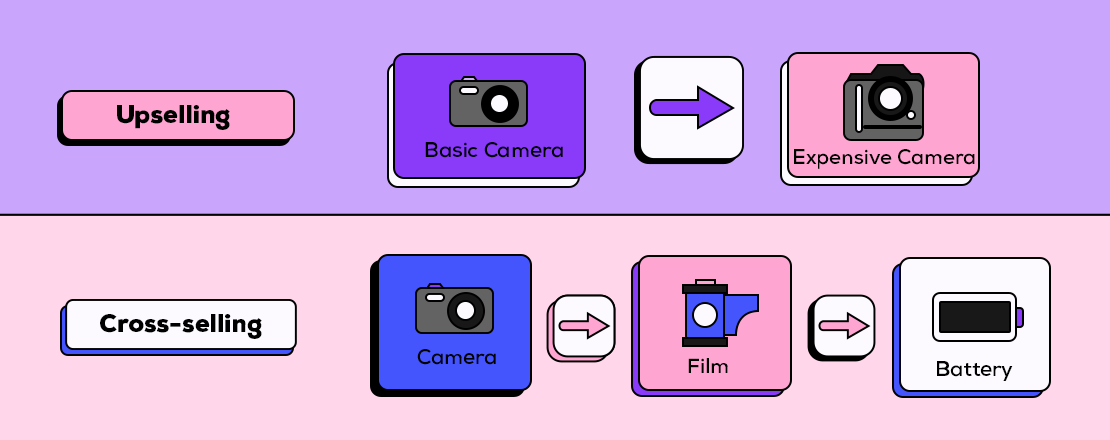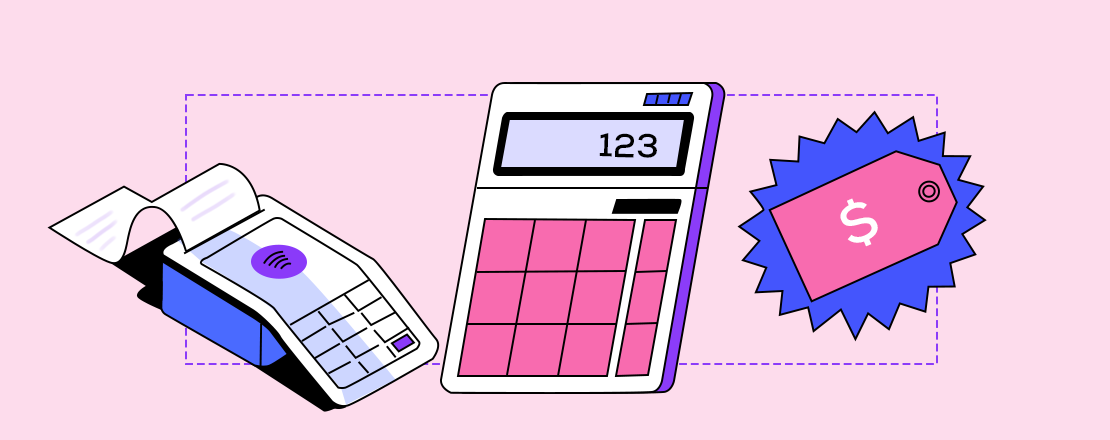Understanding the types of consumer buying behavior is crucial for any company's success. Every customer is different and possesses a unique thought process and attitude when purchasing products and services. Failure is a substantial risk if businesses cannot anticipate a consumer's reaction to a given product or their need for alternative financing methods.
.jpg?width=825&name=shutterstock_575822176(1).jpg)
Types of Consumer Buying Behavior
A consumer's purchasing participation depends on the item or service they look to buy. Price, accessibility, and purchase frequency all play a role.
In turn, the level of consumer participation determines their purchasing behavior, as does the degree of risk. The higher the product price, the higher the risk, requiring more customer involvement in the purchasing decision.
There are four types of consumer buying behavior:
- Complex buying behavior
- Dissonance-reducing buying behavior
- Habitual buying behavior
- Variety-seeking behavior
Complex Buying Behavior
Complex purchasing behavior is common when a buyer is considering a high-priced item. Consumers are heavily involved in the buying decision during these rare transactions, and they will conduct extensive research before making a financial commitment.
When purchasing an expensive item—particularly an unfamiliar one—the consumer will often avoid making unilateral decisions. Instead, when there is a substantial risk for buying a product, they consult friends, family, and relevant experts before purchasing.
The customer will go through a learning process when engaging in complex buying behavior. They will form an opinion first, then a corresponding attitude, and a thoughtful buying decision.
Dissonance-Reducing Buying Behavior
In dissonance-reducing buying behavior, consumer involvement remains strong, often due to the soaring prices of infrequently purchased products. These items tend to be limited in extra features with marginal differences between brands.
These minimal options typically mean limited decision-making opportunities for the purchaser, and they tend to buy what is readily available without much investigation.
Habitual Buying Behavior
Habitual buying behavior occurs when consumers have minimal involvement in a purchase choice because they find very few critical distinctions between brands.
Consumers do not give much thought while purchasing these products. They tend to buy their preferred brand or the one they use consistently but quickly change if an alternative is more readily accessible or cheaper.
Consumers have no brand loyalty in this instance, and they do not conduct research or require additional information before making such purchases.
Variety-Seeking Buying Behavior
Consumer involvement is minimal in variety-seeking consumer behavior. There are notable distinctions between brands, and consumers frequently hop from one to the next. Because switching items is inexpensive, purchasers may try the latest brands for no other reason than curiosity or boredom.
Why Should Merchants and Lenders Offer a POS Financing Option?
In today's fast-paced world, customers of all buying behaviors expect rapid gratification. They cannot wait to get the most up-to-date products or services and will often spend more than necessary to create a more enjoyable experience. These tendencies are most common during the holidays and on friends and family birthdays.
Consumers might also find themselves in unexpected situations where they need to make unanticipated purchases, such as home damage that requires immediate repair or a medical emergency. Consumers will want to get those repairs done or receive the necessary care without worrying about potentially crippling up-front payments.
Businesses that provide payment installment options, such as buy now, pay later (BNPL), in critical industries can realize success by assisting customers and their families during a challenging period in their lives, developing customer loyalty.
Merchant Benefits
The potential benefits to merchants that offer POS financing to meet all consumer buying behavior types are as follows:
- Added approval opportunities: Merchants have a better chance of approving customers for financing with more payment options.
- Quicker decisions: Applicants receive their pre-approval decision in a matter of minutes, if not seconds.
- Boosted average order value (AOV): Offering POS solutions allows consumers to spend more because they have additional time to pay for higher-quality items.
- Getting the total value upfront: POS lenders will fully compensate merchants for the full purchase price while collecting incremental payments from the customer, reducing merchant risk, and enhancing cash flow.
- Increased potential customer base: Offering a simple financing option can help merchants attract new potential customers. Consumers who cannot secure loans elsewhere or are ineligible for a credit card may have limited other options.
Lender Benefits
There are numerous potential benefits of offering POS lending products to merchants and their customers. Three of those include:
- Streamlining the application process: Utilizing POS simplifies the application process in several ways, including:
- Improved process transparency and faster decision times
- Fewer incomplete files that cause delays in the review process
- Improved communication with customers about what information is required upfront
- Offering online and mobile lending features: Younger customers, particularly Millennials, prefer mobile features because they typically manage their daily lives via mobile phones, including accessing financial information like lending documents.
When quick, electronic financing is available, they prefer that route to paper files and credit card applications.
- Options for low-income or no-credit customers: Financial organizations rely significantly on credit scores in traditional lending procedures. Credit scores give lenders a detailed picture of a potential customer's borrowing habits in the past.
Many consumers, however, are seeking their first loan and do not have a credit history. Traditional lenders frequently turn down borrowers without a history of regular loan repayments.
For short-term POS financing like BNPL, digital lenders frequently bypass these stringent credit checks. They rely on alternate credit score data or little financial information to make loans more accessible to first-time consumers.
Use Skeps POS Financing Solutions To Address All Types of Consumer Buying Behaviors
Consumer buying behaviors vary as technology, trends, lifestyles, and supplemental income change. However, one constant is the demand for alternative purchasing options, such as those offered by POS financing solutions. Whether they are looking to pick up weekly groceries or build an addition to their home, consumers want the flexibility to pay for their products over time.
Restricting would-be customers to lump-sum payments is quickly becoming outdated, and all merchants and lenders should consider adding POS products to their arsenal to remain competitive.
Our financial technology provides you with the POS financing services necessary for different consumer buying behaviors and improving the customer experience. To learn more,request a demo, or email us at support@skeps.com.















